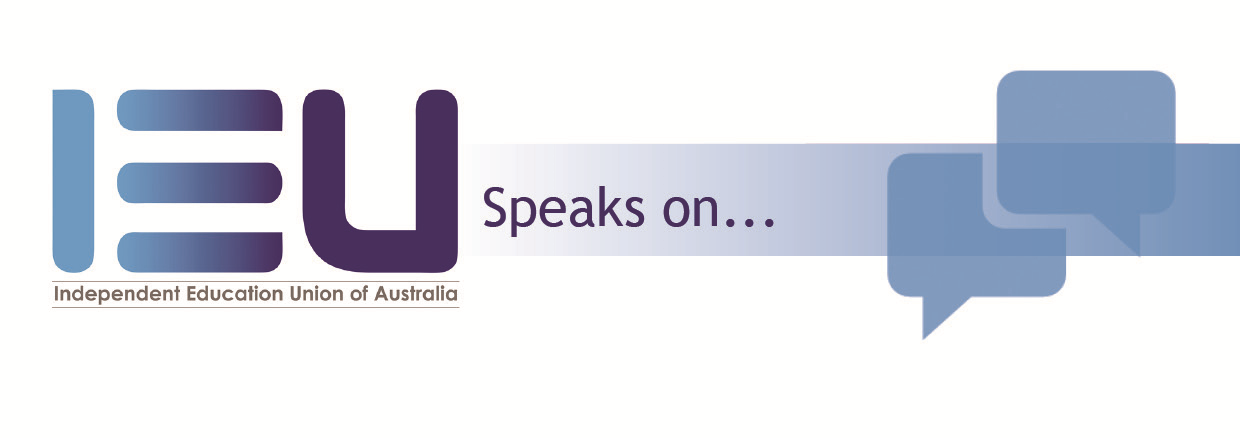IEU Speaks on…. Closing the Gap: 2017
CLOSING THE GAP: 2017
Australia is failing on six of the seven target areas to improve Indigenous disadvantage.
In 2006, Australia’s peak Indigenous and non-Indigenous health bodies, non-government organisations and human rights organisations initiated the Close the Gap Campaign to achieve equality for health and life expectancy of Aboriginal and Torres Strait Islander people by 2030.
Close The Gap Campaign
The campaign was deemed necessary as Australia has one of the world’s worse life expectancy gaps between Indigenous and non-Indigenous Australians.
As a response, the National Indigenous Reform Agreement was agreed by the Council of Australian Governments (COAG). The Reform Agreement outlined two health/medical goals and four educational/employment goals to be achieved in partnership with Indigenous community and health organisations. A further education target related to school attendance rates was added in May 2014.
These goals were to:
• Improve Indigenous life expectancy to the Australian average by 2031;
• Halve the gap between Indigenous and non-Indigenous mortality rates;
• Ensure that 95% of all Indigenous four year olds are enrolled in early childhood education by 2025 (revised goal);
• Close the gap between Indigenous and non-Indigenous school attendance by 2018;
• Halve the gap in reading, writing and numeracy achievements for Indigenous students by 2018;
• Halve the gap for Indigenous students in Year 12 (or equivalent) attainment rates by 2020; and
• Halve the gap in employment outcomes between Indigenous and other Australians by 2018.
How Are We Doing? Failing!
The Closing the Gap Report (2017), released in February 2017, shows that little progress has been achieved over the past 12 months nor since the National Indigenous Reform Agreement was established in 2008.
At present only one target is on track to being achieved, with some areas declining. The following table outlines the progress being made in each of the targets.
Progress Against The Reform Agreement Goals
| Target | Target Year | Progress | Results |
|---|---|---|---|
| Close the gap in life expectancy within a generation | 2031 | Not on track | Some progress in the area of circulatory disease, However, the Indigenous mortality rate from cancer (the second leading cause of death) is rising and the gap is widening. |
| Halve the gap in mortality rates for Indigenous children under five within a decade | 2018 | Not on track | Long term progress shows the child mortality gap has declined by 31% since 2008 with Indigenous child mortality declining by 33%. However, Indigenous children aged 0-4 are more than twice as likely to die than non-indigenous children. |
| 95% of all Indigenous four year olds enrolled in early childhood education | 2025 | New baseline for data is 2015. Not on track. | In 2015 87 per cent of Indigenous four-year-olds were enrolled in early childhood education compared to 98 per cent of their non-Indigenous counterparts. |
| Close the gap between Indigenous and non-Indigenous school attendance by 2018 | 2018 | Progress will need to accelerate for this target to be met. | There has been no change in the Indigenous attendance rate from 2014 (83.5%) to 2016 (83.4%). In 2016 the attendance rate for non-Indigenous students remained steady at 93.1%. |
| Halve the gap in reading, writing and numeracy achievements for Indigenous students | 2018 | Not on track | The report shows that only Year 9 Numeracy is on track to meet the target. Statistically significant gains have been made in Years 3 and 5 Reading and Years 5 and 9 Numeracy in the proportion of Indigenous students at or above the national minimum standard between 2008 and 2016. |
| Halve the gap for Indigenous Australians aged 20-24 in Year 12 attainment or equivalent attainment rates | 2020 | On track | The proportion of Aboriginal and Torres Strait Islander 20 – 24 year-olds achieving this standard has increased from 45.4% to 61.5% since 2008. |
| Close the gap in employment outcomes between Indigenous and non-Indigenous Australians | 2018 | Not on track | There has been a decline in Indigenous employment rates since 2008. Employment rates are considerably higher in the major cities than in remote areas. |
To read more about the Closing the Gap Report 2017, click on this link http://closingthegap.pmc.gov.au/
Enough Is Enough. Indigenous Australians Deserve Better
It seems that each year the Closing the Gap Report simply measures Australia’s failures in addressing Indigenous disadvantage.
Indigenous Australians continue to die 10 years younger than non-indigenous Australians.
There is no significant decline to child mortality statistics.
There is no significant improvement to addressing literacy and numeracy rates, or school attendance or enrolment in early childhood education.
The failure that is evident in the Prime Minister’s Closing the Gap Report (2017) is not just a failure of the current Federal Government; it is a failure for all Australians.
Closing the Gap Day – 16 March 2017
Thursday 16 March 2017 is National Close the Gap Day and an opportunity to call for action on improving the health, education and employment outcomes for Indigenous Australians.
Last year, students and teachers across Australia made up a quarter of the 150,000 Australians supporting National Close the Gap Day, helping make it the largest Aboriginal and Torres Strait Islander campaign movement in Australia’s history.
This can happen again.
On Thursday 16 March 2017, IEU members can join in the Closing the Gap campaign and highlight the plight of Indigenous Australians by attending one of the rallies around the country
Alternatively, IEU members can contact the Prime Minister’s Office at https://www.pm.gov.au/contact-your-pm or their local MP (http://www.aph.gov.au/Senators_and_Members/Members) and ask them to outline what steps will be taken to Close The Gap on Indigenous Disadvantage.
To read more about the Closing the Gap Campaign, and to access school resource packs or to find a rally; click on this link; https://www.oxfam.org.au/get-involved/how-schools-can-get-involved/resources-for-teachers/close-the-gap-student-kit/


